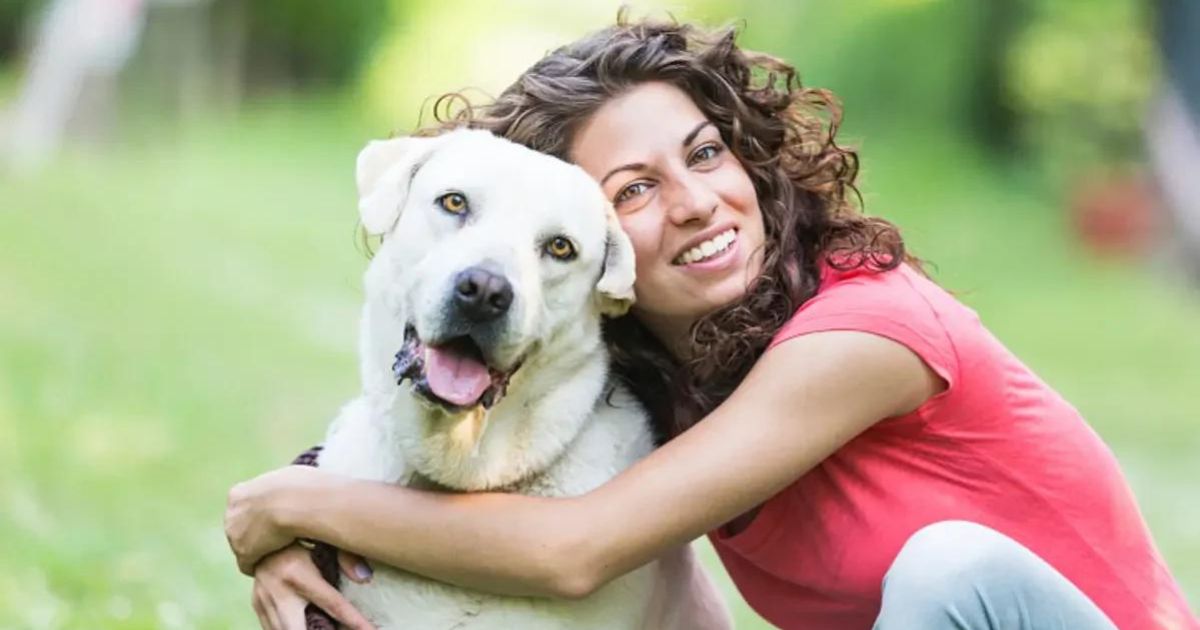What the Heckin Dog – Decoding Canine Expressions
Dogs talk to us uniquely through their movement and actions. From how they tilt their heads to how they wag their tails, understanding what they’re saying can strengthen our bond. In this article, we’ll explore “what the heckin’ dog” means, figuring out what dogs are trying to tell us by looking at their joint actions.

Deciphering Canine Expressions:
When a dog gives you that quizzical look or cocks their head to the side, it’s their way of expressing curiosity or confusion. Similarly, a wagging tail accompanied by a relaxed body indicates happiness and contentment, while a tucked tail or flattened ears may signal fear or anxiety. We can better understand our dog’s emotions and respond accordingly by noticing these subtle cues.
Interpreting Vocalizations:
While dogs primarily communicate through body language, they also use vocalizations to convey their feelings. From joyful barks and playful growls to whines of distress or howls of loneliness, each sound carries its meaning. By listening to the tone and pitch of our dog’s vocalizations, we can gain insight into their mood and address their needs.
Understanding Behavior Patterns:
Every dog has a unique personality and behaviour pattern, shaped by breed, upbringing, and past experiences. Some dogs may be outgoing and sociable, while others may be more reserved or cautious. Observing our dogs in different situations can give us valuable insights into their preferences, triggers, and overall well-being.
Building a Stronger Bond:
By taking the time to understand “what the heckin’ dog” is trying to communicate, we can strengthen our bond with our canine companions and foster a relationship built on trust and mutual respect. Whether deciphering a playful zoomie or comforting a fearful whimper. Being attuned to our check-in dog’s needs enhances our connection and enriches our lives.
The Origin of the Phrase:
The origins of Doggo Speak can be traced back to online communities and forums dedicated to dog enthusiasts. It’s believed to have emerged as a lighthearted way to describe and interact with dogs, infusing conversations with humour and warmth. As the internet culture evolved, so did Doggo Speak, spreading rapidly across meme pages, Twitter feeds, and Instagram accounts dedicated to our four-legged friends.
Examples of How Doggo Speak is Used:
Doggo Speak encompasses playful expressions and terms, each adding a touch of whimsy to our dog interactions. From referring to small dogs as “small poppers” to describing a fluffy canine as a “floofy boi,” Doggo Speak offers endless opportunities for creativity and affection. It’s not just about describing dogs – it’s about celebrating their unique personalities and quirks in a fun and endearing way.
Controversy and Criticism Surrounding Doggo Speak:
While Doggo Speak has captured the hearts of many, it’s not without its critics. Some argue that its proliferation trivializes language and contributes to the dumbing down of communication. Others believe that it perpetuates infantilization and encourages childish behaviour. Despite these criticisms, Doggo Speak thrives, embraced by millions as a harmless and enjoyable expression.
The Impact of Social Media on the Spread of Doggo Speak:
Social media has been a big part of spreading Doggo Speak. It lets people who love dogs share memes, videos, and pictures of their pets. Because social media can spread things quickly, Doggo Speak has become popular worldwide, with everyone liking it, no matter how old or where they’re from.
Does Doggo Speak Here to Stay?
As the internet landscape continues to evolve, so too will Doggo Speak. While some may view it as a fad, others believe it has become ingrained in internet culture and will remain a beloved and enduring trend. Whether you’re a fervent supporter or a reluctant observer, there’s no denying the charm and infectious joy of Doggo Speak.
Also Read: Intrepidfood.eu: A New Way to Experience European Food Delivery
FAQs:
Why do dogs tilt their heads?
Dogs may tilt their heads to hear better or see something, express curiosity, or signal confusion. This typical behaviour often indicates engagement and attentiveness.
What does it mean when a heckin dog wags its tail?
Tail wagging is usually a sign of happiness and excitement. However, depending on the context and the rest of the dog’s body language. It can indicate other emotions, such as nervousness or insecurity.
How can I improve my communication with my heckin dog?
Getting better at talking with your dog means watching how they move, listening to their sounds, and noticing how they act. It also means spending lots of time together, doing training games, and being kind and understanding when they need something.
Conclusion:
In conclusion, “What the heckin’ dog” is more than just a quirky expression—it’s a window into the rich and complex world of canine communication. We can deepen our understanding of their needs and emotions. Personality quirks by learning to interpret our dog’s expressions, vocalisations, and behaviours. So the next time your furry friend gives you that questioning look or excited tail wag, take a moment to listen and respond with love and empathy.


